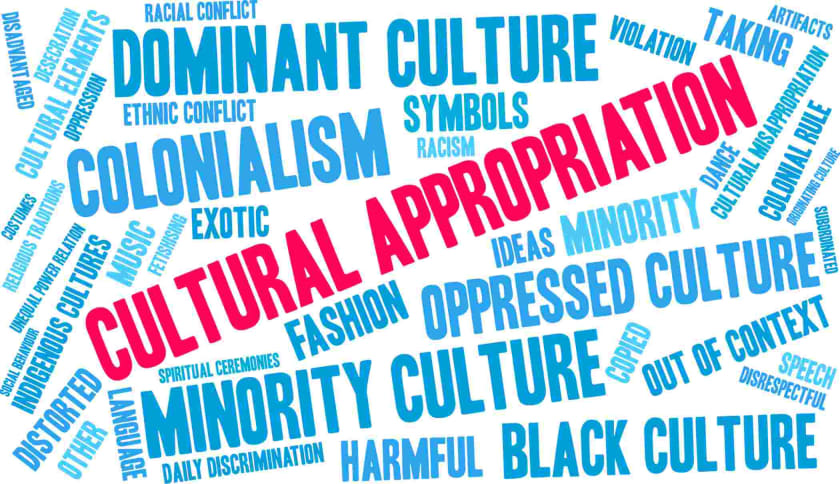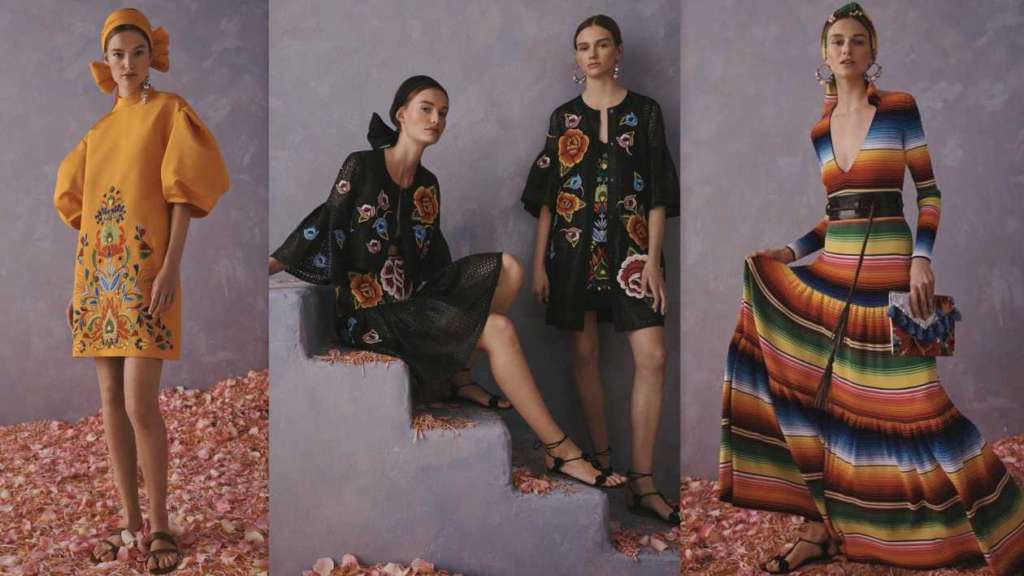Cultural Appropriation in Fashion: What to Know, Do & Avoid



Cultural appropriation is among the biggest problems of mainstream fashion. And yet, many of us fail to notice it. Fashion is an expression of identity and culture. There are moments when fashion, as a creative field, takes a leap and borrows from different cultures. One cannot escape the lure of drawing inspiration from lesser-known cultures in times of globalization. Yet, there is a fine line between cultural appropriation and cultural appreciation. Understanding the difference is more important than ever now.
What exactly is Cultural Appropriation?
Cultural appropriation is the act of unwarily adopting a foreign culture in art mediums such as fashion. And it is always problematic as it represents the hierarchy of power. A dominant section of the society “uses” cultural symbols, motifs, prints, and textiles from a minority section without showing any acknowledgment and awareness about the nuances of the culture.
History of Cultural Appropriation in Fashion
Cultural appropriation in fashion has been around for decades. Skewed representations of minorities like Red Indians, Black communities, American-Indians, Hispanics, and people from different races and nations, have been commonly noticed in Western movies. Similarly, we notice cultural appropriation in fashion when white models wear tribal or traditional costumes such as kimonos. Or perhaps, when they use these cultural signifiers to depict a new fashion line.
For a long time, minorities have not addressed this form of ignorance and disrespect. But with recent development in identity politics, many brands, artists, directors, designers, and industries have been called out for their blatant insensitivity.
The Problems of Cultural Appropriation

While there is no problem in the creative realm of fashion to be collaborative, one has to be sensitive about it. Cultural appropriation in fashion represents disrespect towards the specific representation of cultures. It is no surprise that the brands and designers who do adopt minority cultures have little idea about their struggles and hardships.
When they showcase cultural symbols in a new fashion line, it is generally to attract attention and even present an “exotic” look. They keep exorbitant price tags for cultural apparel that is actually very cheap. This turns into a form of cultural exploitation in which the artistic value of the depicted culture simply becomes a means to an end.
Steps to Avoid Cultural Appropriation
While the debate of cultural appropriation in fashion can be controversial depending on the context, few best practices can help you become a more conscious and responsible artist.
Let’s understand that fashion is not a tool of mockery. Fashion is empowering for all the parties involved in making and wearing it. Having said that, let’s look at three important steps that you can follow to avoid cultural appropriation in fashion.
- Acknowledge your mistakes
First of all, take a step back and look at all the times when you appropriated any culture. Whether you belong to a dominant group or a minority, we have all been ignorant at some point in our lives.
Societal pressures and conditioning often result in such behaviors, and at times, you may never realize it.
However, if you do get the opportunity to acknowledge your mistakes, whether personally or publicly, you can get the chance to improvise; taking accountability for your actions is always a sign of maturity.
- Take time to study and appreciate the culture in focus
Coming to how you can actually improvise when you want to depict a culture in your fashion. Take a good amount of time to study the context, the history of the culture, their unique struggles, and sacrifices. This will automatically help you empathize and develop a sense of respect. Reach out directly to the people belonging to the community and talk to them about their culture with their permission. Understand how your work and fashion can influence the community and the portrayal of the culture.
- Give credit and compensation with consent
Only when you are sure that using the cultural material can help both parties to flourish, proceed to make the proposal. Take their consent and try to connect with the authentic artisans while making your apparel and designs. Collaborate proactively. Give them due credit and compensation just like you would treat any party on an equal footing.
Do not use any religious or national symbols that generally belong to a larger group of people than a community. Never try to create a knock-off of cultural symbols and textiles. Always use authentic material preferably crafted by the people belonging to the culture. In the long run, you must ensure that the minorities are in full favor of your act and they get good benefits with the commercialization of your fashion.
Following these values may seem natural to humanitarians, but privileged folks may be too engrossed in their bubble of comfort. Showing sensitivity is a lot about awareness. A truly practical and sustainable way of fashion can develop without cultural appropriation. Let’s work towards making it the new norm!
Join hands with Fashinza to ensure that only sustainable and ethical practices are followed in the making of your successful fashion brand.
On a concluding note, we at Fashinza help fashion brands and independent designers connect with the most brilliant apparel manufacturers. Whatever your requirements, we’ll help you find a manufacturer that fits in perfectly. Besides, our complete ownership of the process from delivery to design will allow you to rest assured. Visit us here now!



















